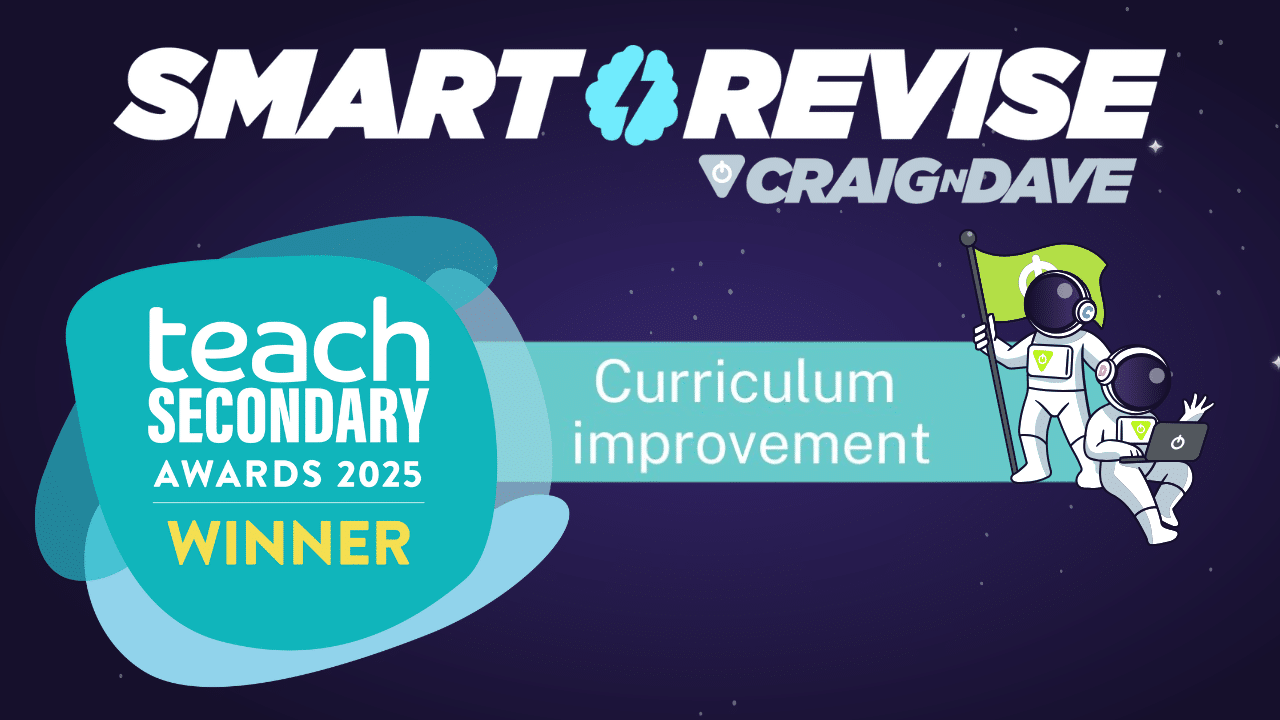
22 April 2025
In the world of computer science, speed is everything. So, it’s easy to see why the idea of sticking RAM directly onto the CPU seems like a genius move. Zero latency, lightning-fast speeds, and no more bottlenecks—what’s not to love? But in reality, it’s not that simple. Let’s break down why we can’t just combine these two crucial components into one.
The difference between CPU and RAM
At first glance, sticking RAM onto the CPU might sound like a great way to boost performance. After all, the closer RAM is to the CPU, the faster data can be accessed, right? Unfortunately, it’s not that straightforward. The CPU and RAM are built in fundamentally different ways.
CPUs are designed to handle calculations at breakneck speeds using logic processes. On the other hand, RAM—specifically Dynamic RAM (DRAM)—uses capacitors to temporarily store data. The catch is that these capacitors need constant refreshing to retain their information. This is similar to a student frantically rereading their notes to ensure they remember everything during revision.
Why it doesn’t work together
Trying to combine CPU and DRAM onto the same chip would cause chaos in the manufacturing process. DRAM fabrication doesn’t align well with the processes used to create a CPU. Imagine trying to install a high-end GPU into a budget laptop—it just won’t fit, and forcing it could cause damage.
Even cutting-edge technologies like Intel’s Haswell architecture use embedded DRAM (eDRAM) sparingly. The goal is to use just enough to boost performance without massively increasing production costs. However, merging CPU and RAM completely would be a manufacturing nightmare.
The speed factor: DRAM vs. SRAM
Even if we could combine the two, there’s another issue: speed. DRAM operates at a top speed of about 1 GHz, while modern CPUs can easily surpass 3 GHz. That’s like putting bicycle tyres on a Formula 1 car—you’re limiting the performance of the entire system.
To overcome this speed gap, CPUs use SRAM (Static RAM) for on-chip cache. SRAM is much faster than DRAM but comes with its own drawbacks: it’s bulkier and significantly more expensive. Sure, we could fill a CPU with SRAM, but that would come at an astronomical cost—far more than most of us are willing to pay.
Why we stick to separate RAM and CPUs
While combining RAM and the CPU might sound like a performance dream, the technical and cost limitations make it impractical. The current balance of DRAM for main memory and SRAM for cache strikes the best compromise between speed, cost, and practicality.
Want to know more? Check out The Lesson Hacker’s YouTube video –
For more Lesson Hacker Videos, check out the CraignDave YouTube playlist HERE.
Visit our website to explore more cutting-edge tech-transforming news in the computer science world!











